Design Topics
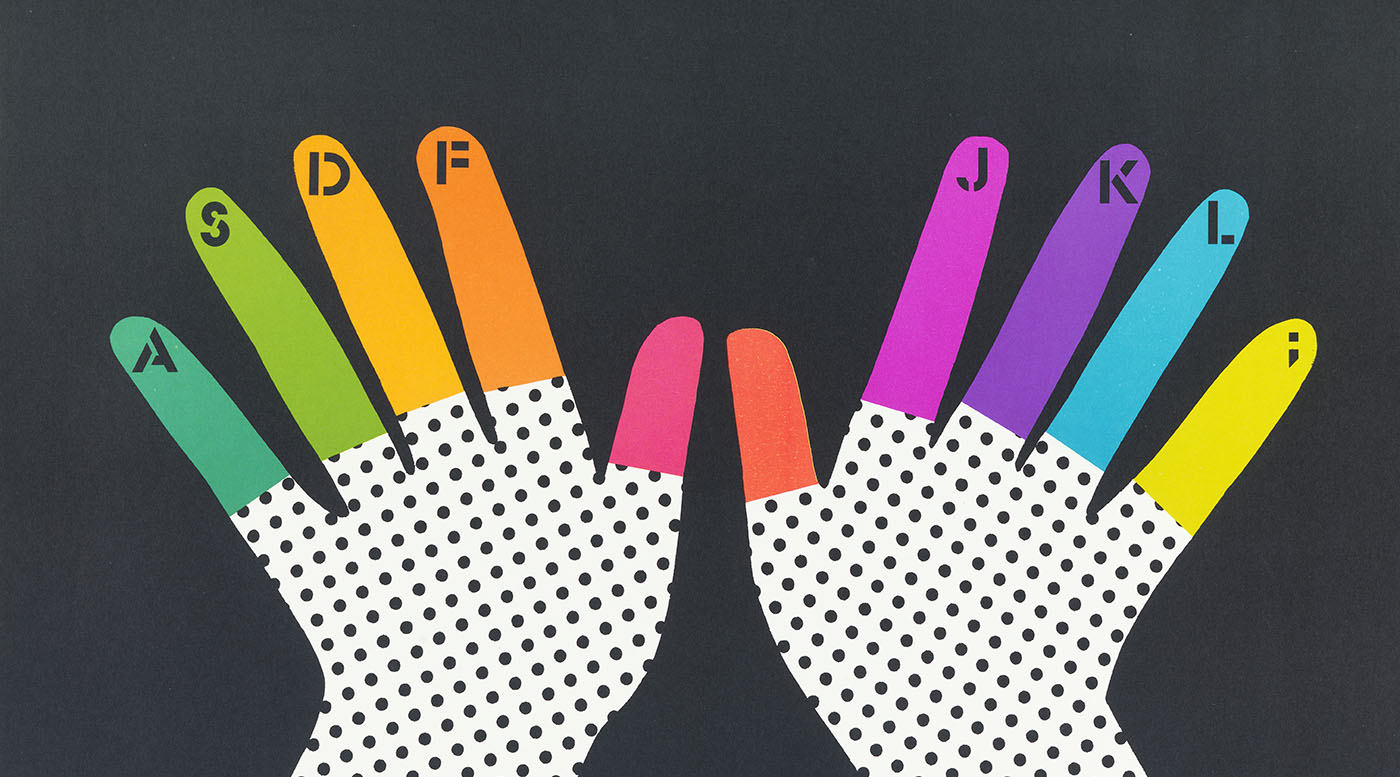
Explore more learning resources
Design Topics
At Cooper Hewitt, Smithsonian Design Museum, our curators, educators, and creators seek to illuminate the transformative role of design across history. The topics presented here draw on the museum’s diverse activities, including exhibitions, publications, programs, and collections. Cooper Hewitt will continue to build on these important topics.
Above: Poster, Manpower Temporary Services, 1979; Designed by Lois Ehlert (American, 1934–2021) for Manpower Temporary Services (Milwaukee, Wisconsin, USA); Offset lithograph on paper; 45.9 × 61.1 cm (18 1/16 × 24 1/16 in.); Gift of Various Donors, 1981-29-96
Women in Design
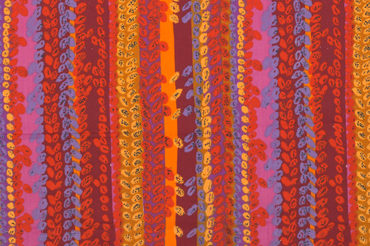
Women have been influential voices in design. Working in disciplines as varied as graphic design, product design, and textile design, women designers have greatly enriched their respective fields.
Health Design
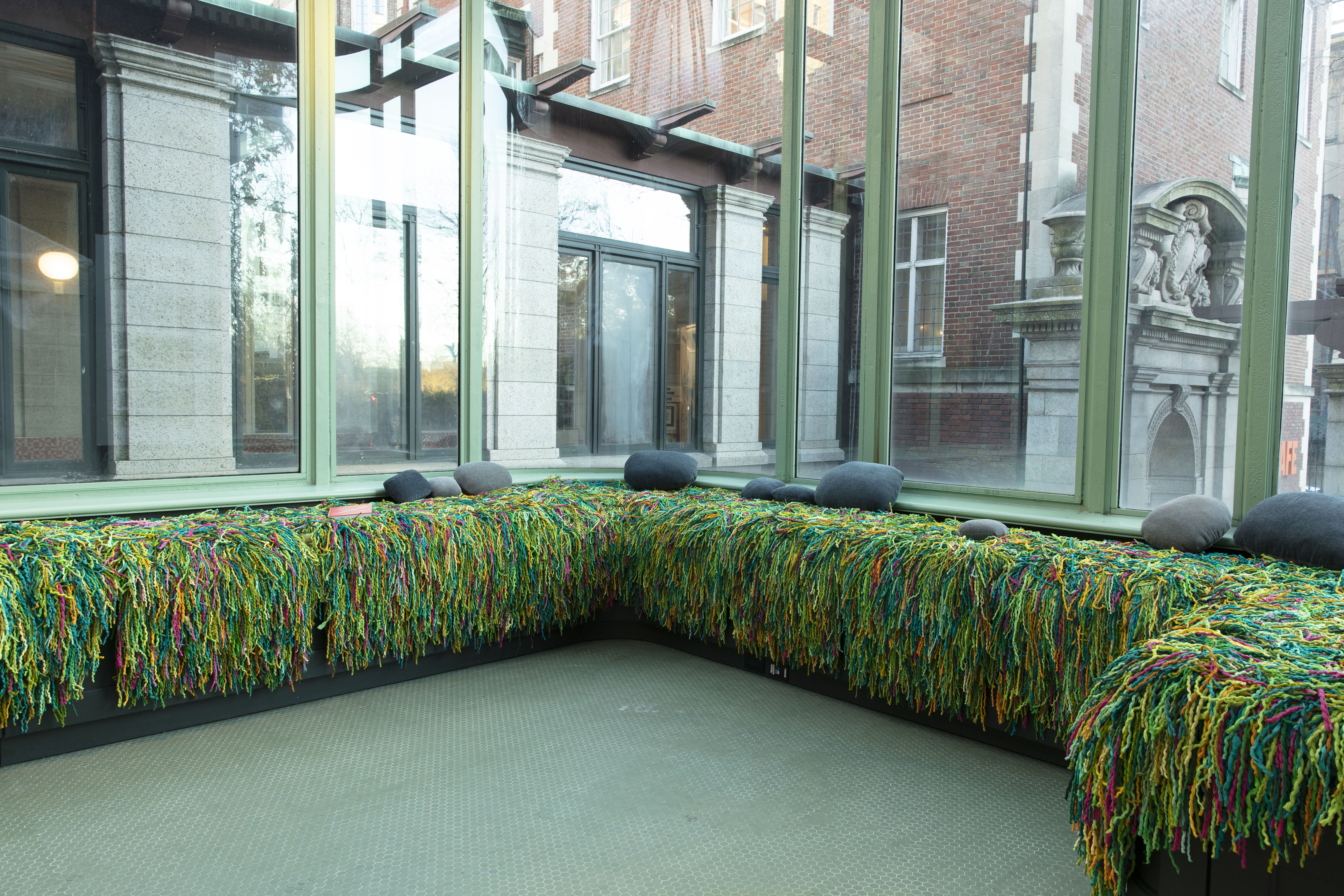
Good design contributes to human well-being. Ergonomic design studies human behavior and anatomy to make products easier to use. Universal design aims to make products, environments, and content accessible to everyone. Human-centered design explores people’s needs and wants in order to enhance well-being. Cooper Hewitt has documented design for better health through a range of exhibitions, publications, collections, and educational programs.
Mud Frontier: Architecture at the Borderlands

Set in the remote San Luis Valley of Colorado, Mud Frontier: Architecture at the Borderlands is a feature-length documentary film that follows design studio Rael San Fratello’s experimentation with 3D-printing technology and traditional adobe architecture.
Cooper Hewitt, Smithsonian Design Museum History
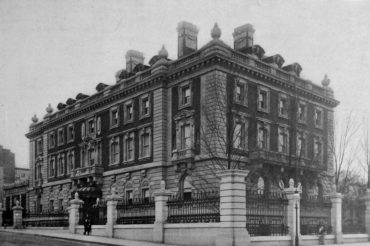
Many people contributed to the creation of Cooper Hewitt, Smithsonian Design Museum in its various forms throughout history. From founders Sarah and Eleanor Hewitt to Andrew and Louise Carnegie to James Smithson, each story has helped shape the nation’s design museum and a global conversation about design.
Design Access
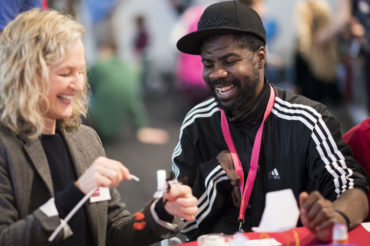
Cooper Hewitt is committed to broadening its audiences and ensuring the museum is welcoming to all. Learn how we are using our exhibitions, campus, and museum resources to raise awareness of accessible design innovation, inspire dialogue, and leverage Cooper Hewitt’s role as platform for design to promote problem-solving in support of inclusivity.
Stradanus

Coming soon.